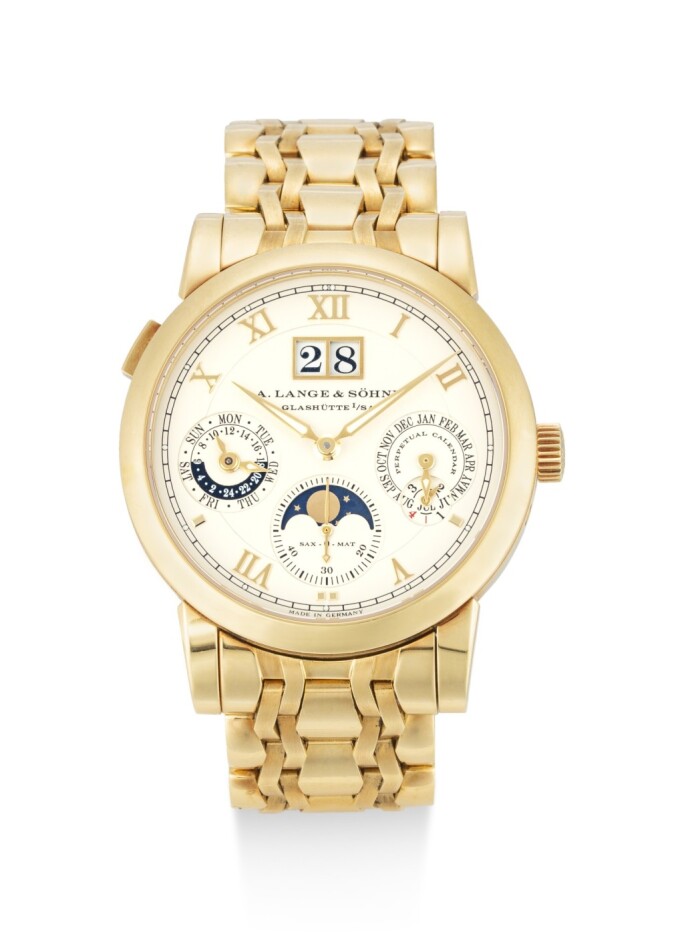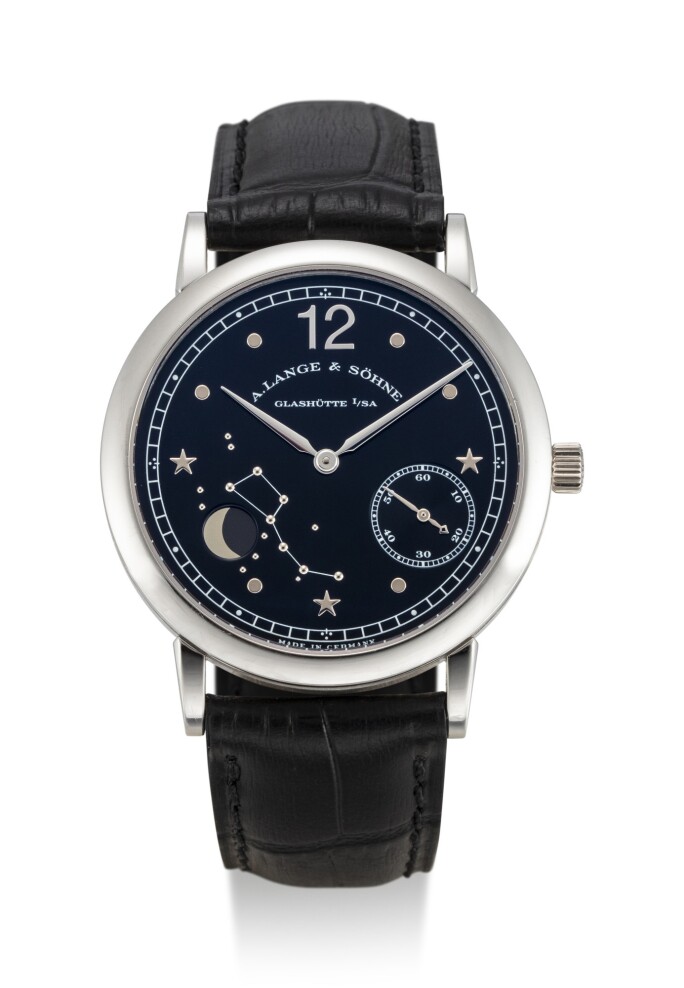T
he world of timepieces, with its seemingly infinite list of moving parts and definitions, may seem intimidating to new collectors. But once you learn what makes watches tick, you’ll realize that becoming a confident buyer or seller isn’t all that complicated. Here, a list of key terms from Sotheby’s specialists to help get you started.
Components
Aperture | An aperture is a small window that displays indications such as the date, day or moon phase.
Bezel | A watch’s bezel is the forward-facing ring surrounding the dial.
Case | Known as the body of the watch, the case contains all its inner workings and gears.
Crown | The crown is used to set the time and, when relevant, to wind the watch’s mainspring.
Dial | Casually referred to as the face or front of the watch, the dial displays the time among other possible information.
Escapement | Often referred to as the heartbeat within the watch, the escapement regulates timekeeping. While hundreds of different escapements have been modified and invented over the years, the most common modern version is the lever escapement.
Hands | The watch’s hands point to the correct time or other information located on the dial.
Indexes | Indexes are the markings (shapes, numbers, Roman numerals, etc.) that hands point to in order to tell time.
Lugs | Part of the watch’s case, lugs hold onto the strap or bracelet.
Open for Bidding
Complications
Complication | In simplest terms: A complication is something a watch does. Individual complications can include chronographs, calendars and more. If a watch has a combination of at least three different advanced functions, it’s referred to as a grand complication.
Annual Calendar | The annual calendar complication shows the day, date and month without accounting for leap years.
Chronograph | A chronograph is essentially a stopwatch that has the ability to measure time or an event. Within chronographs there are different variations, including the split-seconds chronograph, which can time two things simultaneously.
Day/Date | This complication indicates both the day of the week and the date of the month.
Moon Phase | The moon phase complication gives you a visual representation of phases of the lunar cycle, either in a picture or in days.
Perpetual Calendar | The perpetual calendar complication shows the day, date and month while accounting for leap years. That’s the big difference between perpetual and annual calendars.
Power Reserve Indicator | One popular complication is the power reserve indicator, which tells the wearer how long a watch will last or keep going before it needs to be wound.
Repeater | A repeater is a watch that can chime the time. There are different variations, including minute repeaters that strike different tones for hours, quarters and minutes.
Tourbillon | The tourbillon is a special type of escapement that rotates on an axis in order to counteract the effects of gravity and thus improve accuracy in a mechanical watch. A feat to be made, it’s considered a calling card of high horology.
Open for Bidding
Movements
Movement | Mechanical or quartz, the movement is what’s inside a watch and makes it run.
Quartz | Quartz watches utilize a battery or capacitor to charge and run the watch.
Mechanical |Mechanical watches run without batteries and can be divided into either the automatic/self-winding or manually wound categories.
Automatic | An automatic movement is wound by the oscillating weight (known as a rotor) inside the watch that moves in unison with the wearer’s wrist.
Manual | Manual watches are powered by winding the crown, which connects to the mainspring.



















